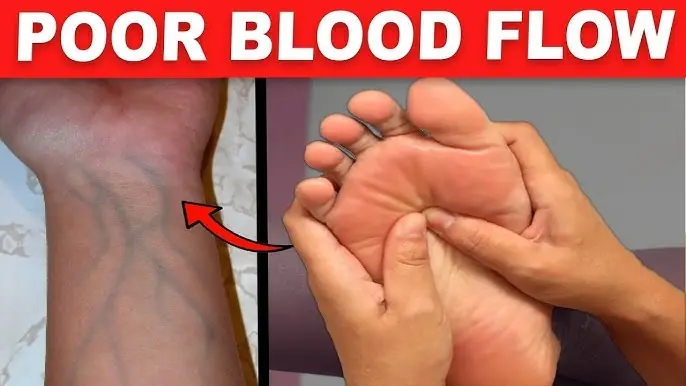
The Shocking Truth About Vitamins and Blood Clots in Your Legs
The Shocking Truth About Vitamins and Blood Clots in Your Legs
Every few weeks, a new viral post promises that a single vitamin can “melt” blood clots overnight — as if it were some kind of drain cleaner for your veins. It’s an attractive idea because a clot in your leg or lungs can change your life in an instant. But here’s the plain truth: no vitamin can dissolve an existing clot. Only proper medical treatment can do that.
Still, that doesn’t mean vitamins are useless. Certain nutrients can support stronger, more flexible blood vessels, reduce inflammation, and help keep your circulation running smoothly. However, one of these vitamins—niacin—can actually be risky if you have diabetes.
Let’s separate facts from myths so you can protect your circulation safely and effectively. (Based on insights from Dr. Alberto Sanagustín.)
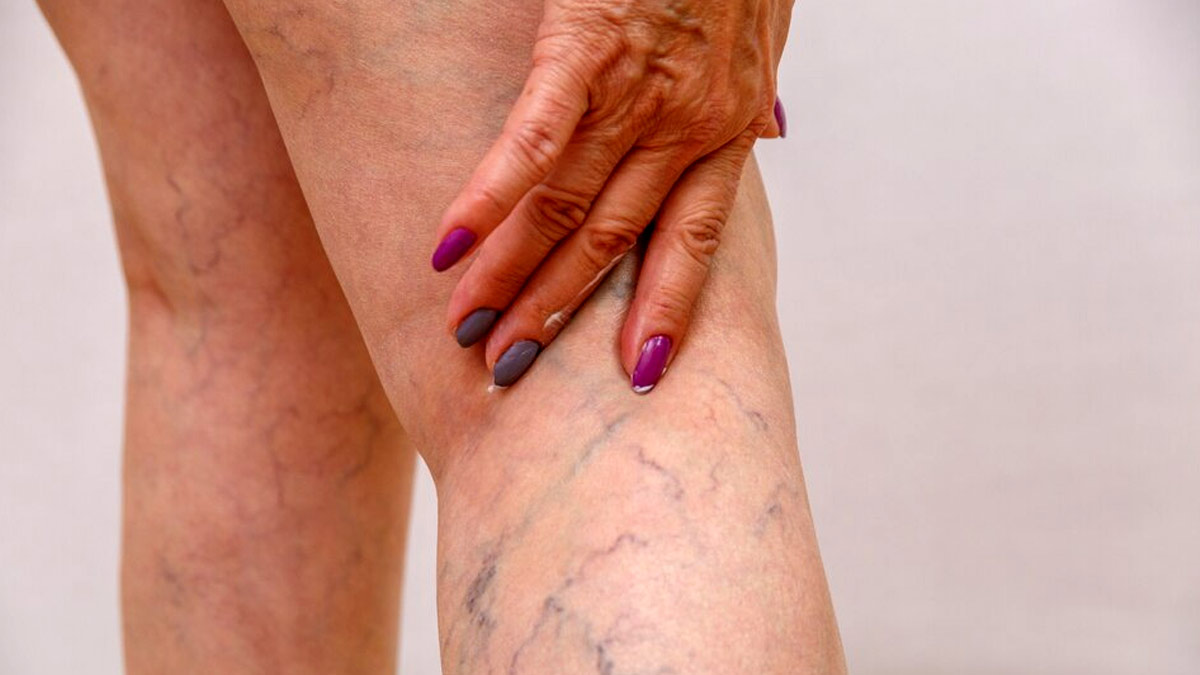
Key Takeaways
-
Vitamins do not dissolve existing clots — emergency clots always need medical care.
-
Arteries and veins are different “roads.” Knowing which one is in trouble helps you respond correctly.
-
Four vitamins help circulation: Niacin (B3), C, E, and K — each with unique benefits and cautions.
-
If you have diabetes, be careful with niacin supplements.
-
Urgent warning signs: Sudden leg pain, cold or blue toes, one-sided swelling, or shortness of breath all require immediate medical attention.
Arteries vs. Veins: Why It Matters
Imagine your circulatory system as a two-lane highway:
-
Arteries carry oxygen-rich blood down from your heart to your legs.
-
Veins carry used, oxygen-poor blood back up to your heart.
When the arterial lane is blocked, your muscles are starved of oxygen. When the venous lane slows down, fluid and blood begin to pool. The symptoms you feel often reveal which lane is struggling.
| Problem Type | What’s Going On | Common Signs |
|---|---|---|
| Arteries (down) | Plaque buildup or a sudden blockage reduces oxygen flow. | Leg pain with walking that eases with rest (intermittent claudication), cold or pale feet, blue toes. |
| Veins (up) | Blood pools due to faulty valves or clotting. | Swelling by day’s end, heavy/tired legs, visible varicose veins. |
| Both/General | Reduced blood supply and poor return. | Tingling, slow-healing sores on feet or legs. |
If you notice these signals, your body might be quietly warning you before a crisis hits.
What Vitamins Can — and Cannot — Do
Let’s set realistic expectations. Vitamins are not emergency uncloggers.
A venous clot (like a deep vein thrombosis or DVT) forms suddenly and can block blood flow, often requiring anticoagulants or hospitalization.
An arterial blockage, meanwhile, develops over time as plaque builds up — sometimes rupturing and forming a sudden clot that cuts off circulation. Both conditions are serious and need medical attention.
So, what can vitamins actually do?
✅ Strengthen and make artery and vein walls more flexible.
✅ Help slow down plaque formation.
✅ Reduce vessel inflammation.
✅ Improve blood viscosity and flow.
Think of vitamins as routine maintenance for your circulatory “plumbing” — helpful in the long run, but not a miracle fix in a crisis.
Warning Signs That Need Immediate Care
Some symptoms mean stop reading and call for help right now:
Arterial “no-oxygen” red flags:
-
Sudden, severe pain in your leg or foot that feels icy cold or turns pale/blue.
-
New pain so intense you can barely walk a few steps without resting.
Venous “traffic jam” warnings:
-
One leg suddenly swells more than the other.
-
Pain, redness, and tenderness in a single calf (classic signs of a DVT).
Mixed or advanced symptoms:
-
Chest pain or sudden shortness of breath following leg pain or swelling — this could be a pulmonary embolism, a clot that’s traveled to your lungs.
If you’re already on blood thinners:
-
Watch for nosebleeds, bleeding gums, dark stools, or large unexplained bruises — these can mean your dose needs adjustment.
When in doubt, get checked immediately. It’s far better to have a false alarm than a missed emergency.
The 4 Vitamins That Actually Support Circulation
Here’s your honest guide. Food comes first; supplements are for when diet alone isn’t enough.
| Vitamin | Main Role | Best For | Food Sources | Notes & Cautions |
|---|---|---|---|---|
| Niacin (B3) | Lowers LDL (“bad”) cholesterol and raises HDL (“good”) cholesterol; improves artery flexibility. | Arterial health | Eggs, salmon, tuna, chicken, nuts | Supplements can raise blood sugar—especially risky for diabetics. Get medical advice before using. |
| Vitamin C | Powerful antioxidant; builds collagen, strengthening vessel walls. | Arteries & veins | Citrus, kiwi, berries, bell peppers, broccoli | Over 2000 mg/day can upset your stomach. Food sources are plenty. |
| Vitamin E | Keeps blood from sticking together and helps vessels relax. | Circulatory flow | Almonds, olive oil, spinach, avocado | High-dose supplements may increase bleeding risk; stick to food. |
| Vitamin K | Balances clotting and prevents calcium buildup in arteries. | Balanced clotting & arterial flexibility | Leafy greens (spinach, kale), broccoli, kiwi | If on warfarin, don’t eliminate greens—just keep intake consistent. |
💡 Pro tip: The key isn’t megadoses — it’s balance. Too much of any vitamin can backfire.
7 Daily Habits to Boost Circulation Naturally
You can’t supplement your way out of poor habits. Circulation thrives on movement, hydration, and small, steady routines.
-
Walk for 15 minutes daily. Calf muscles act like natural pumps that push blood back to the heart.
-
Don’t sit for hours. Stand, stretch, or flex your feet for a minute every hour.
-
Stay hydrated. About 6–8 glasses of water daily — more if you sweat or it’s hot.
-
Elevate your legs. Ten to fifteen minutes with your feet up helps drain pooled blood.
-
Massage upward. Gentle strokes from ankles toward knees encourage venous return.
-
Quit smoking. Every cigarette constricts blood vessels and accelerates plaque buildup.
-
Track your health numbers. Blood pressure, blood sugar, and cholesterol all impact vessel function.
Even two or three small changes can dramatically improve blood flow and reduce your long-term risk.
Quick Answers to Common Questions
Can vitamins replace my medication?
No. Think of medication as the firefighter that puts out the blaze, and vitamins as the maintenance crew that prevents future fires.
Can I eat leafy greens if I’m on warfarin?
Yes — just keep your intake steady. Your doctor can calibrate your dose based on your normal diet.
I have diabetes. Is niacin safe?
Niacin from food is fine. High-dose supplements can raise blood sugar and should only be used under medical supervision.
Do I need supplements at all?
Most people can meet their vitamin needs through food. Supplements are useful for diagnosed deficiencies or specific medical advice.
How soon will I feel results?
If you were deficient, a few weeks. For major improvements in vessel health, think in months — this is more like cultivating a garden than flipping a switch.
Your Next Steps
If you’ve had leg pain while walking, sudden swelling in one leg, cold toes, or unexplained shortness of breath, get evaluated as soon as possible. Blood flow issues are easier to treat early.
If you’re not in crisis, start simple:
-
Eat foods rich in vitamins C, E, K, and niacin.
-
Move more and sit less.
-
Keep your blood sugar, pressure, and cholesterol within healthy limits.
No single vitamin can “melt” a clot — but steady lifestyle choices can make your vessels stronger, your circulation smoother, and your risks dramatically lower.
And one more thing: share this with someone you care about — especially if they have swollen legs, varicose veins, or take blood thinners. The right information can literally save a life.
News in the same category

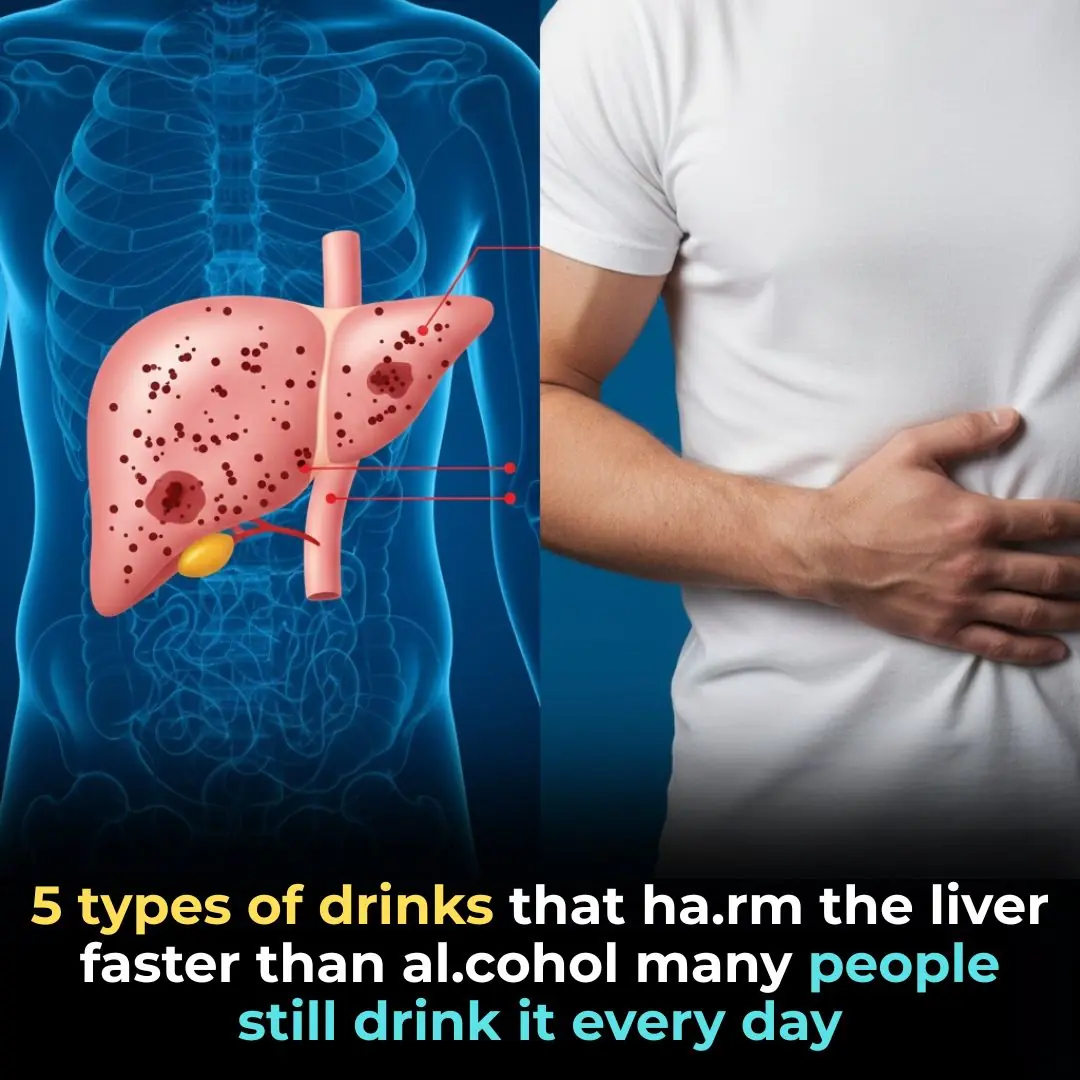
Common Drinks That Can Be Bad for Your Liver

Do you sleep on your side? Here's the powerful effect one simple change can have on your body
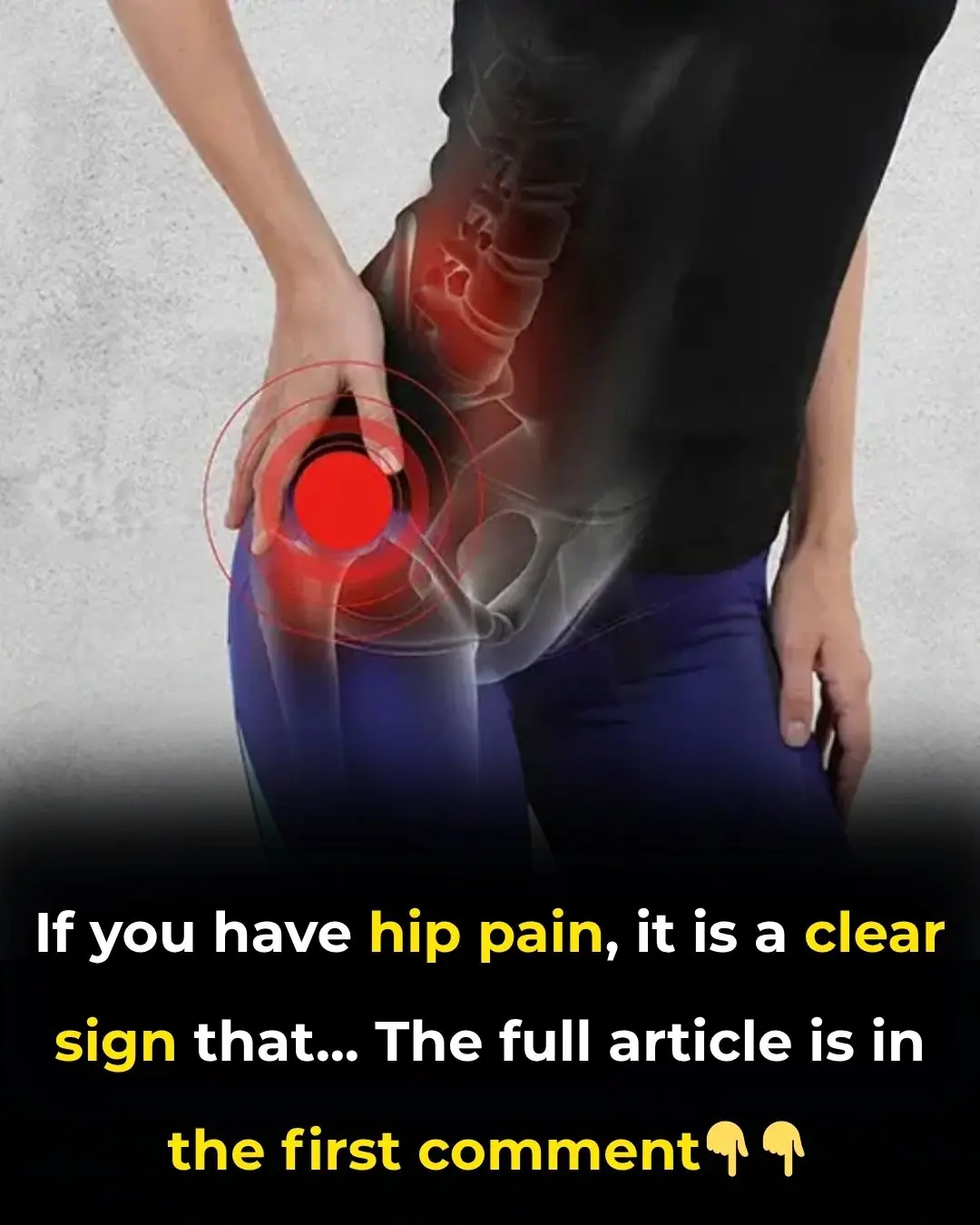
🦴 Hip Pain: What Does It Mean? Common Causes & When to Seek Help

🌙 9 Signs of Diabetes That Appear at Night — What You Should Know
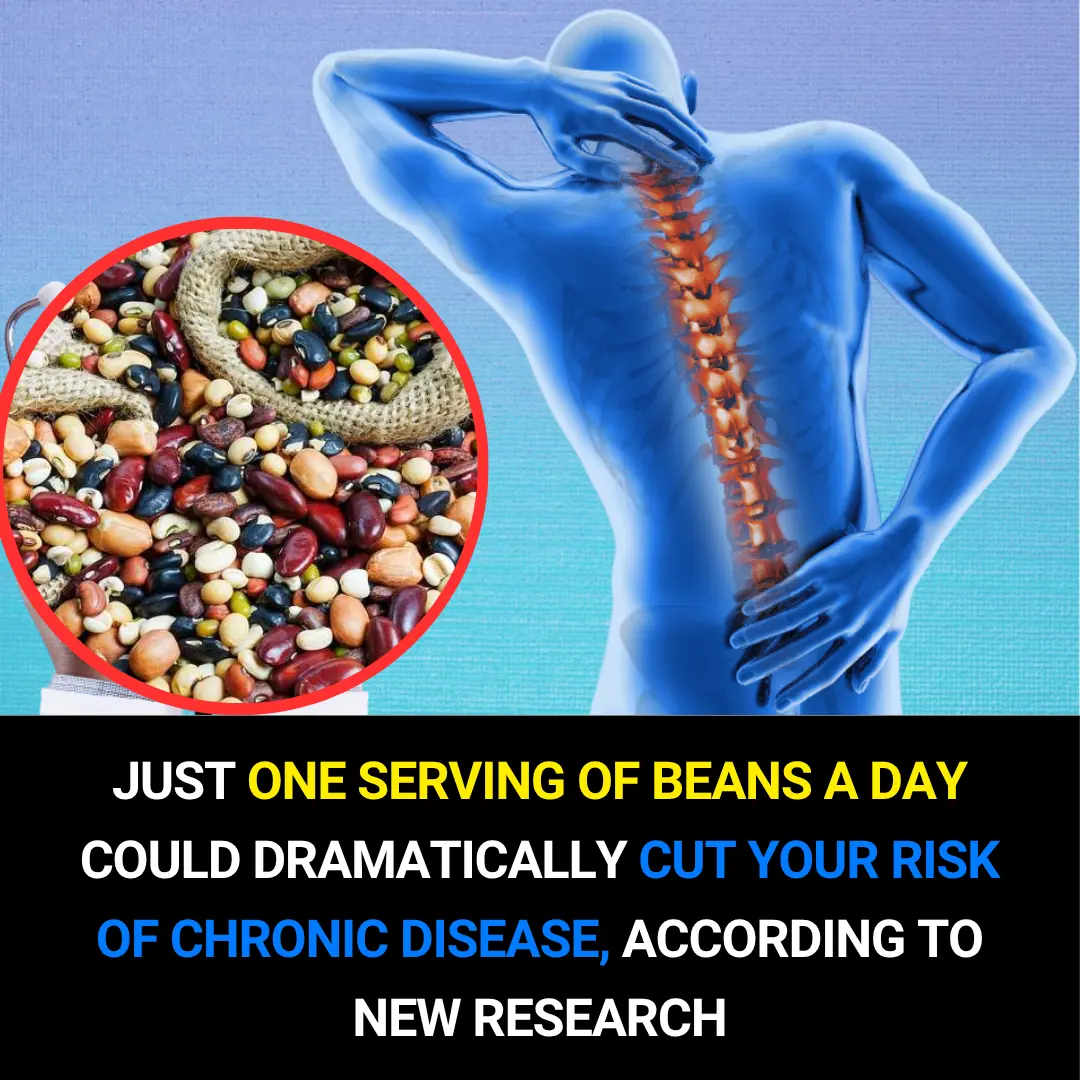
Eating Beans Daily Slashes Your Risk of Heart Disease and Diabetes, Study Finds
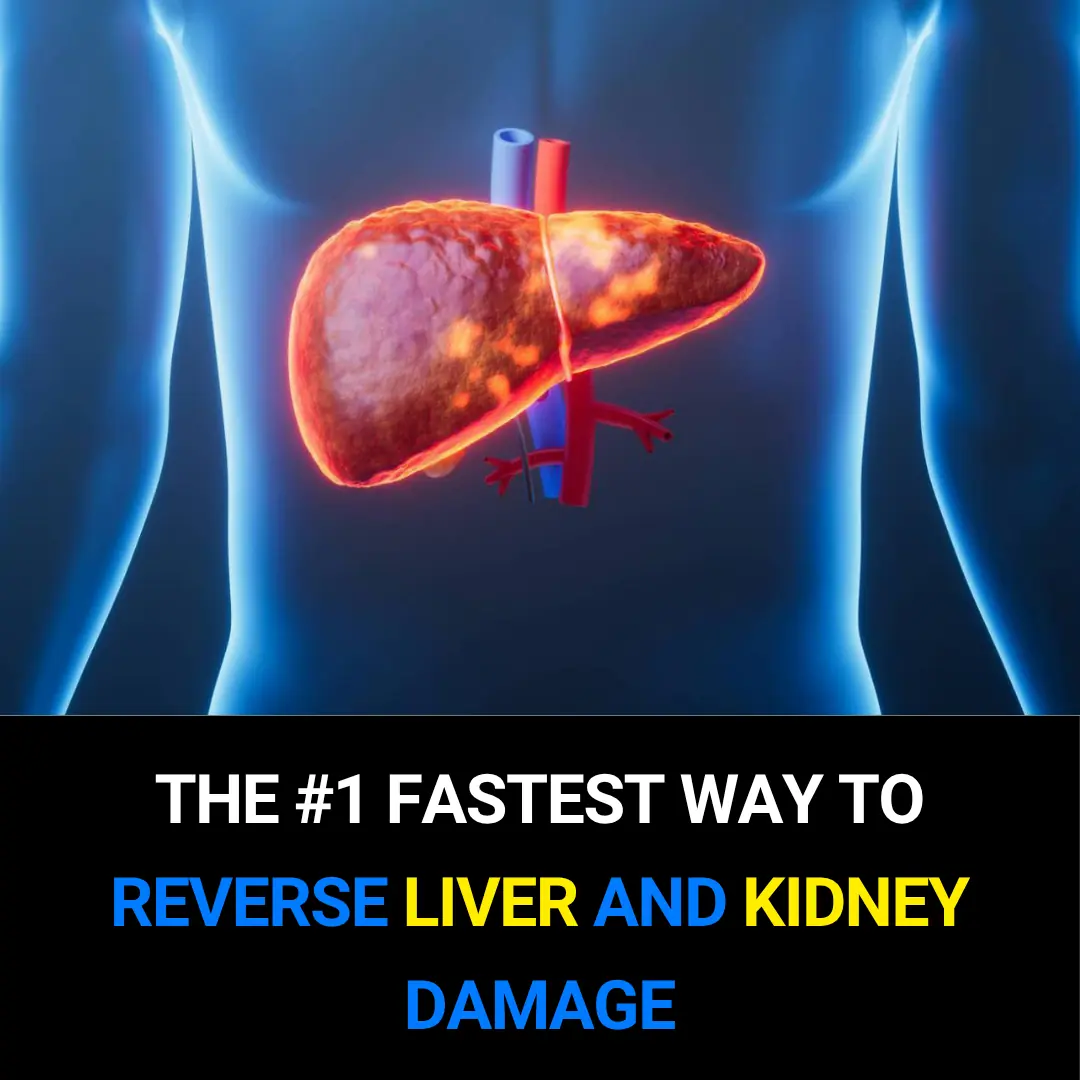
The #1 Fastest Way to Reverse Liver and Kidney Damage

Health Problems That Improve with Vitamin B12 (and How to Use It)
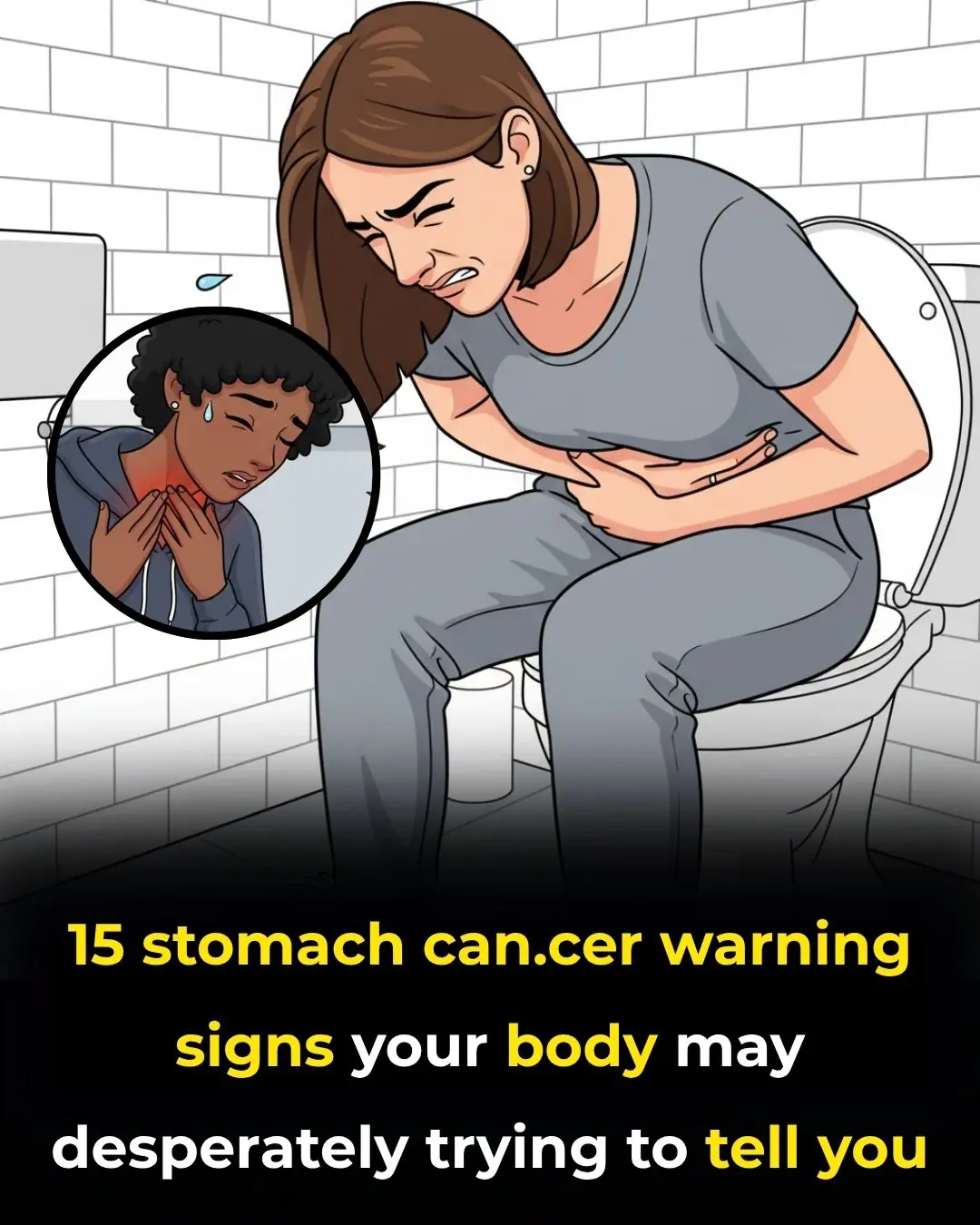
Stomach Can-cer: The “Silent Disease” You Shouldn’t Ignore
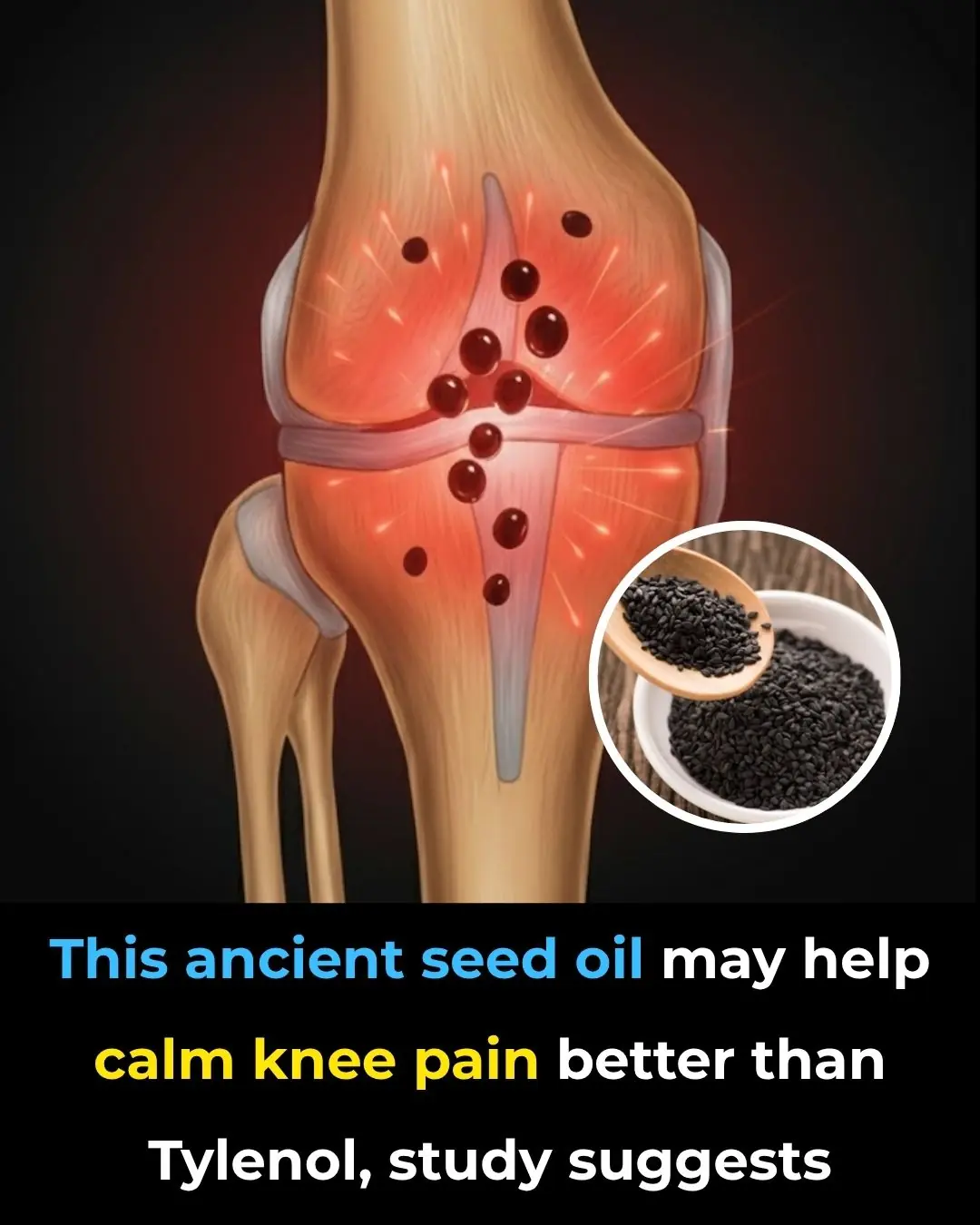
This ancient seed oil may help calm knee pain better than Tylenol, study suggests
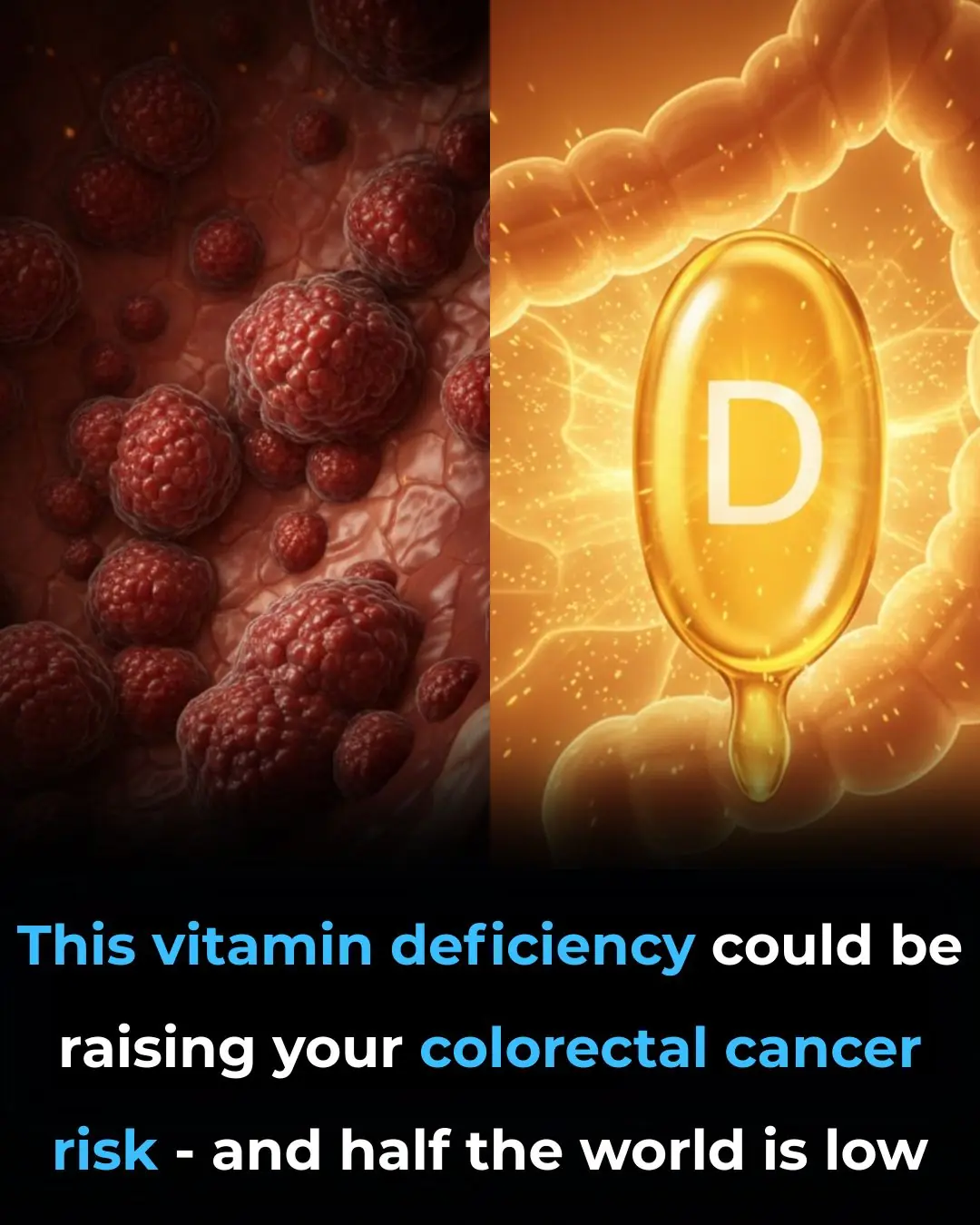
This vitamin deficiency could be raising your colorectal cancer risk — and half the world is low

Tomato Extract: Better And Safer Blood Thinner Than Aspirin

12 warning signs of heart failure you should never ignore
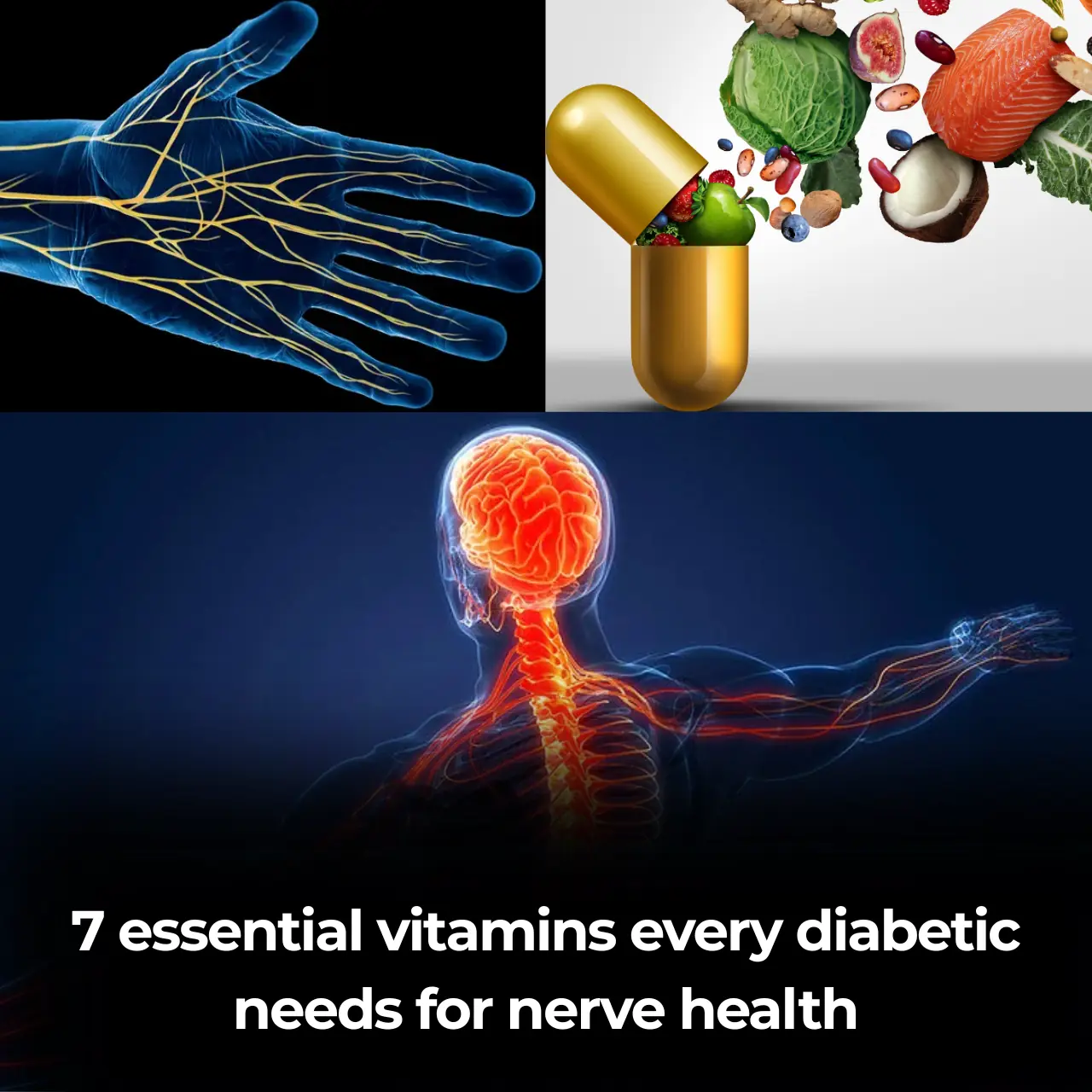
7 essential vitamins every diabetic needs for nerve health
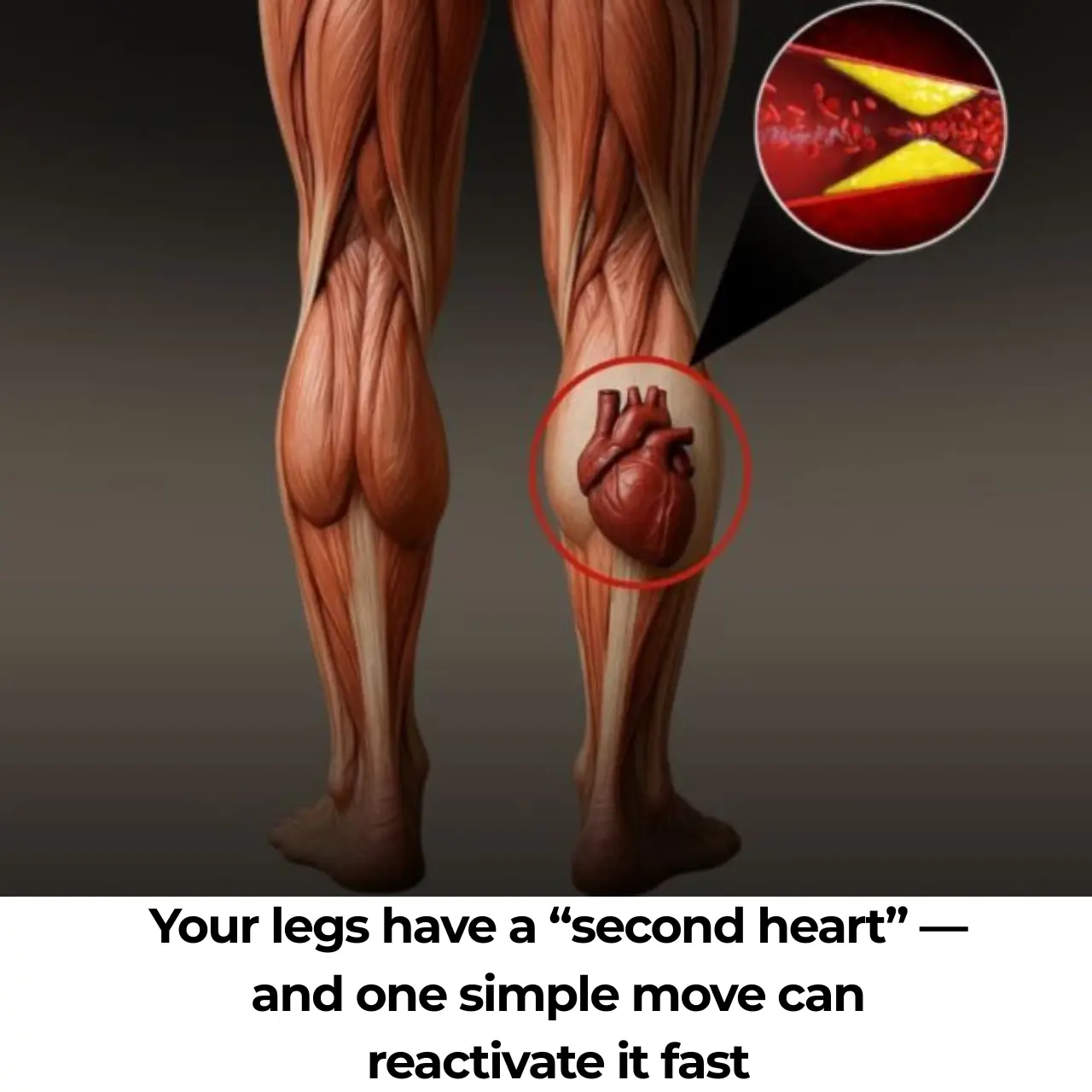
Your legs have a “second heart” — and one simple move can reactivate it fast

Why You Should Start Using Coconut Oil as a Toothpaste
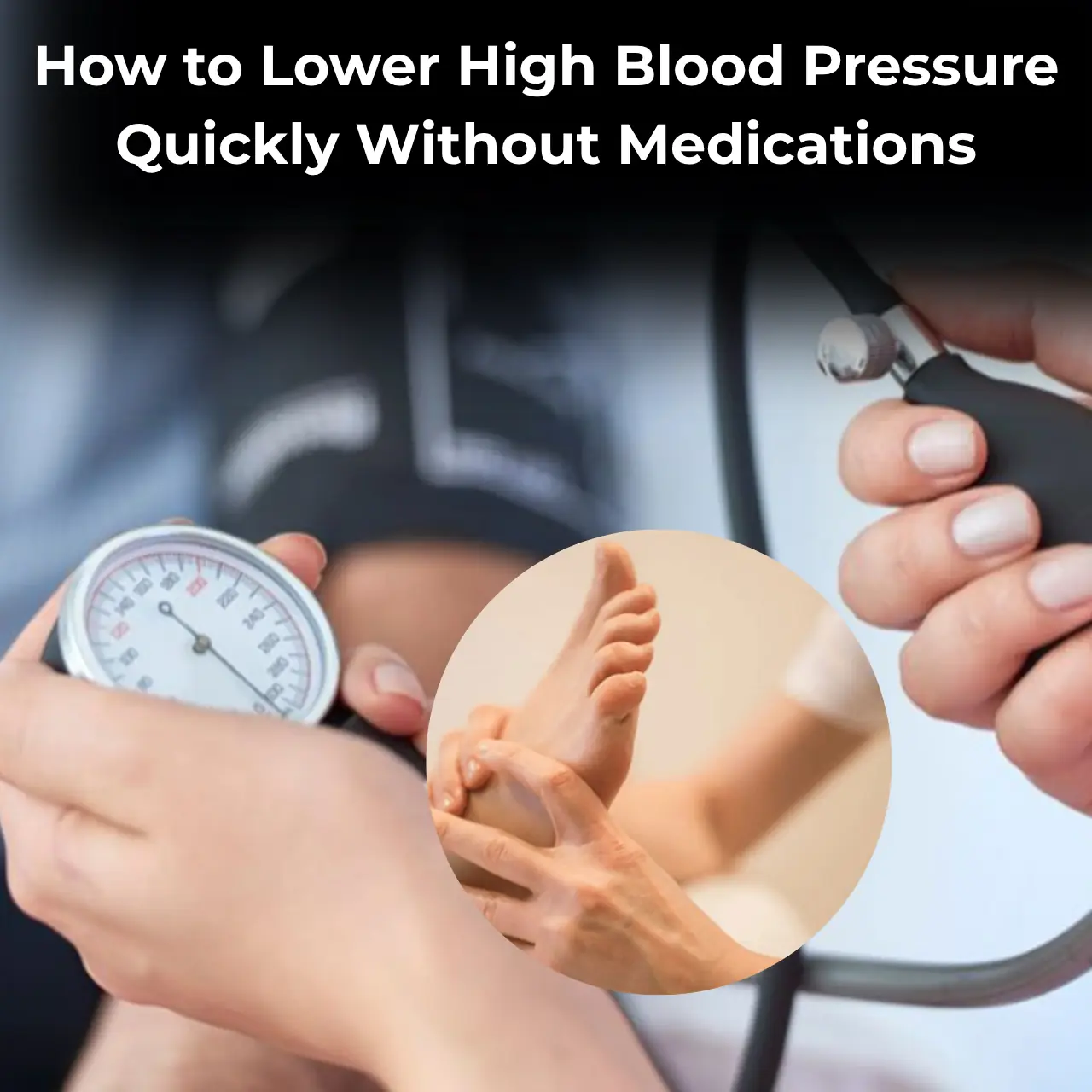
How to Lower High Blood Pressure Quickly Without Medications (Evidence Based)
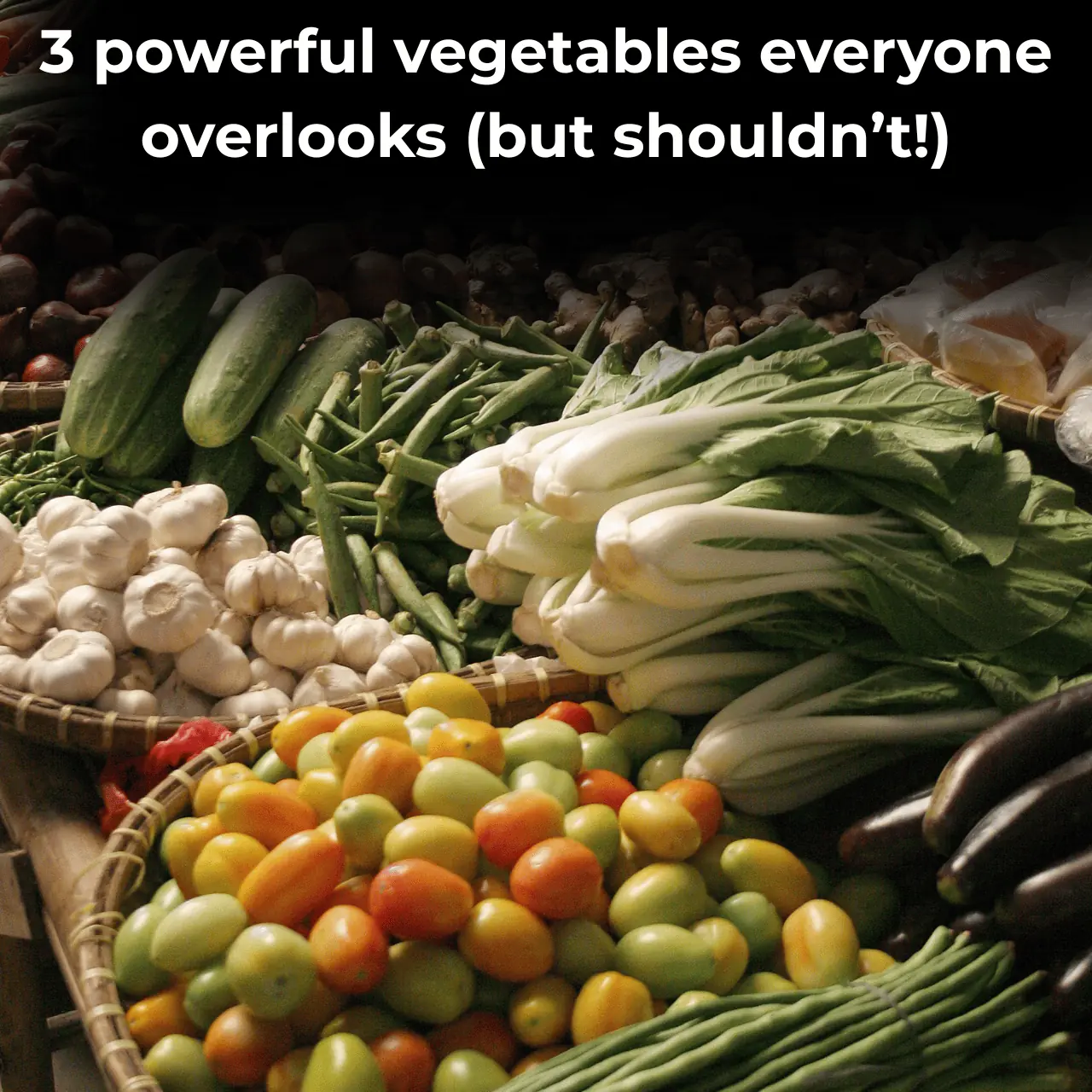
3 powerful vegetables everyone overlooks (but shouldn’t!)
News Post
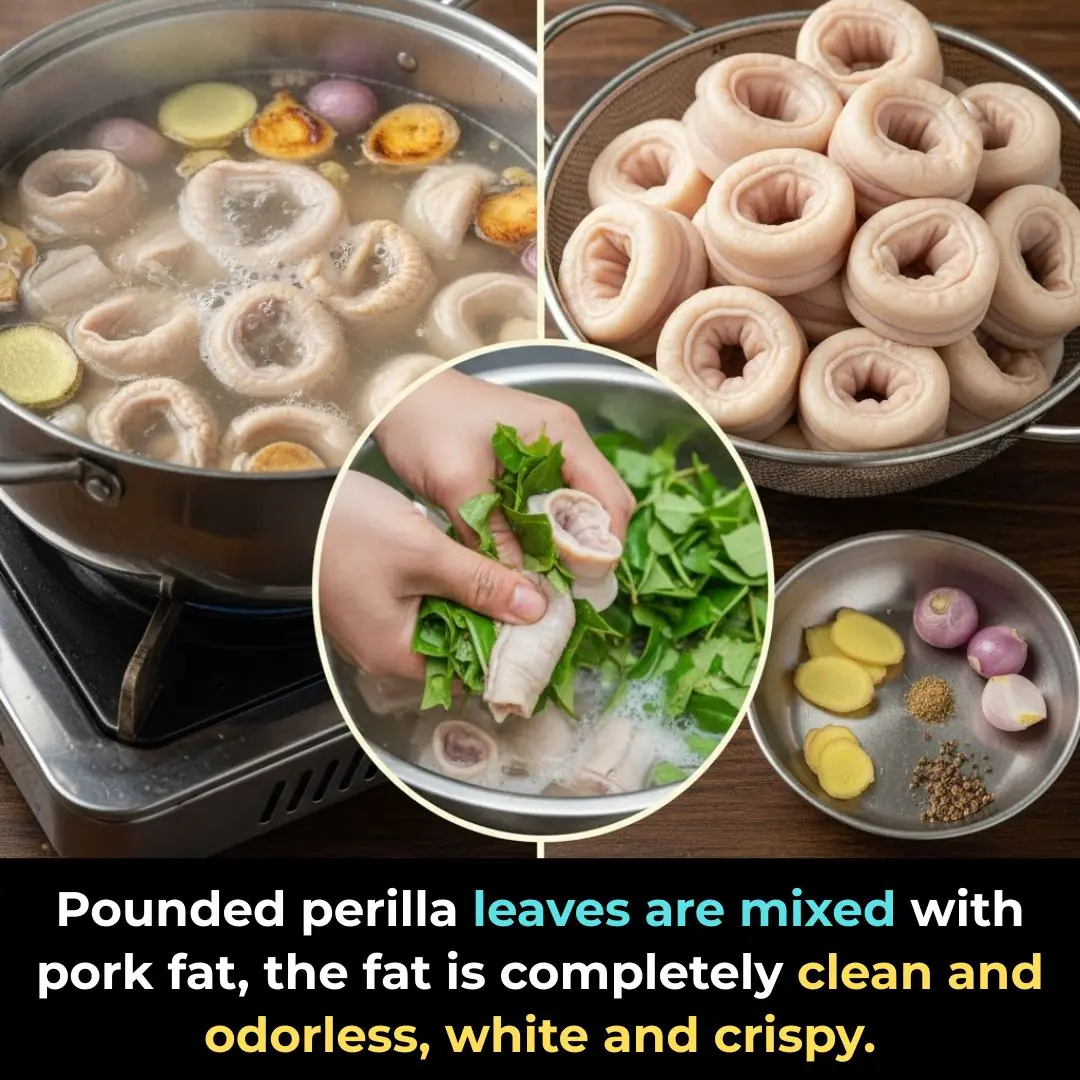
Pounded perilla leaves are mixed with pork fat, the fat is completely clean and odorless, white and crispy

10 strange but effective ways to freshen your home

I had no idea

Poor circulation? Simple foods that can get your blood moving again naturally

Count The Squares

Common Drinks That Can Be Bad for Your Liver

Do you sleep on your side? Here's the powerful effect one simple change can have on your body

My nana taught me this hack to de-stink the microwave in 3 mins with 0 work. Here’s how it works

So clever
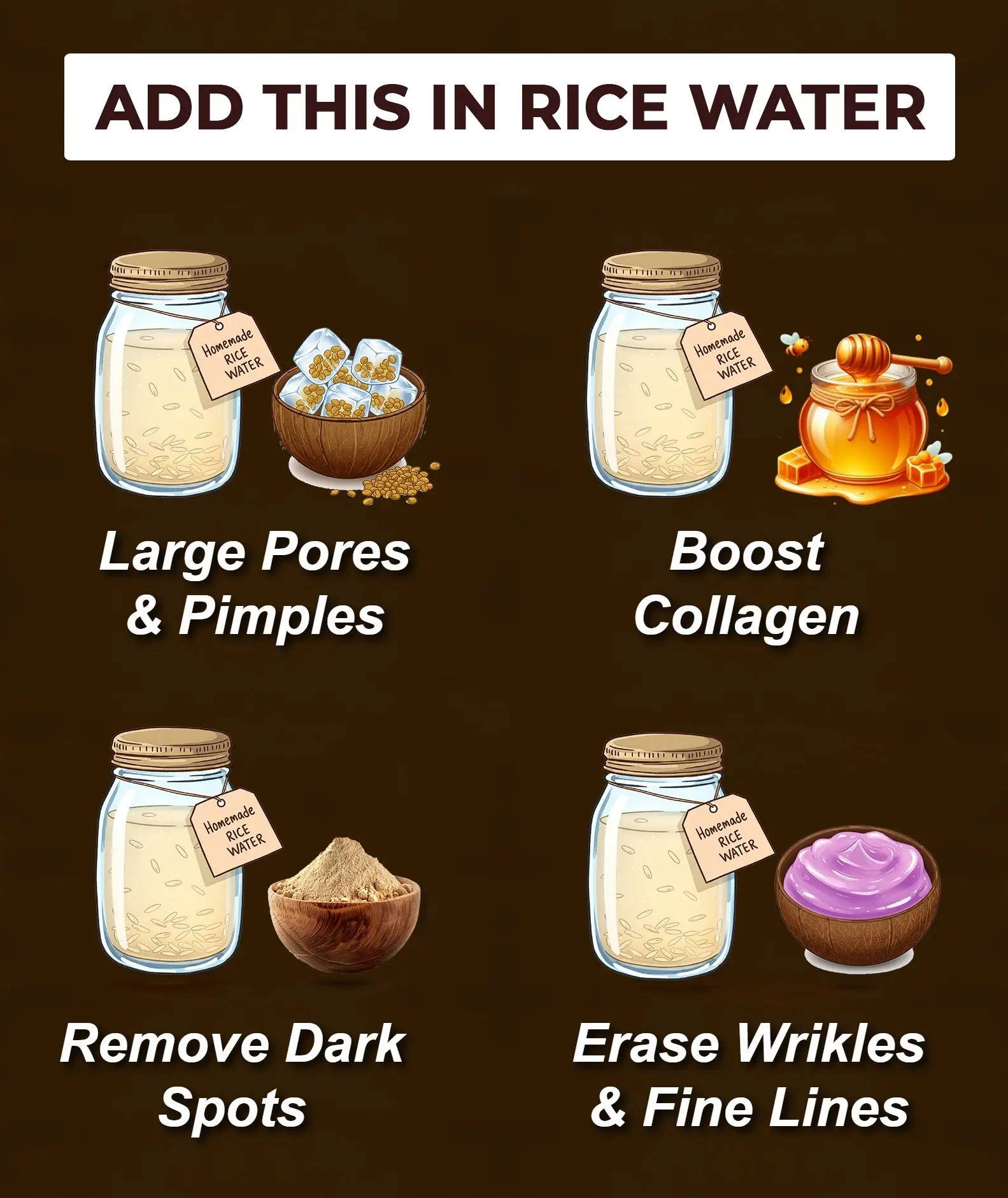
Homemade Rice Water for Skin: Amazing Recipe for Glowing and Youthful Skin

Natural Botox Drops – Secret of Younger Looking Skin

DIY Flaxseed Gel for Glowing Skin: The Natural Solution to Hydrated and Youthful Skin
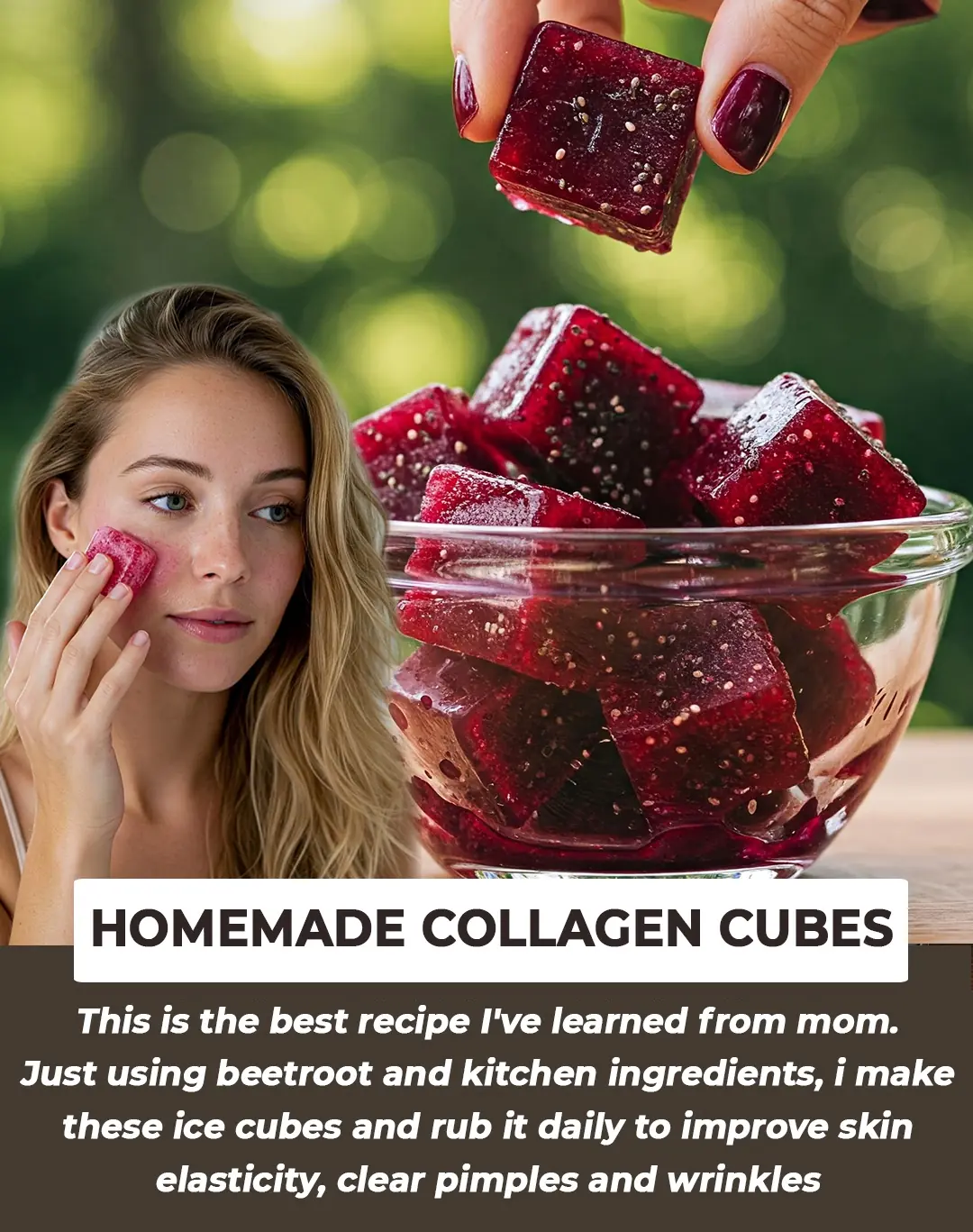
Easy Recipe to Make ABC Collagen Ice Cubes at Home: The Secret to Glowing, Firm Skin

DIY Turmeric Gel For Ageless Skin: Unlock the Secrets of Radiant and Youthful Complexion
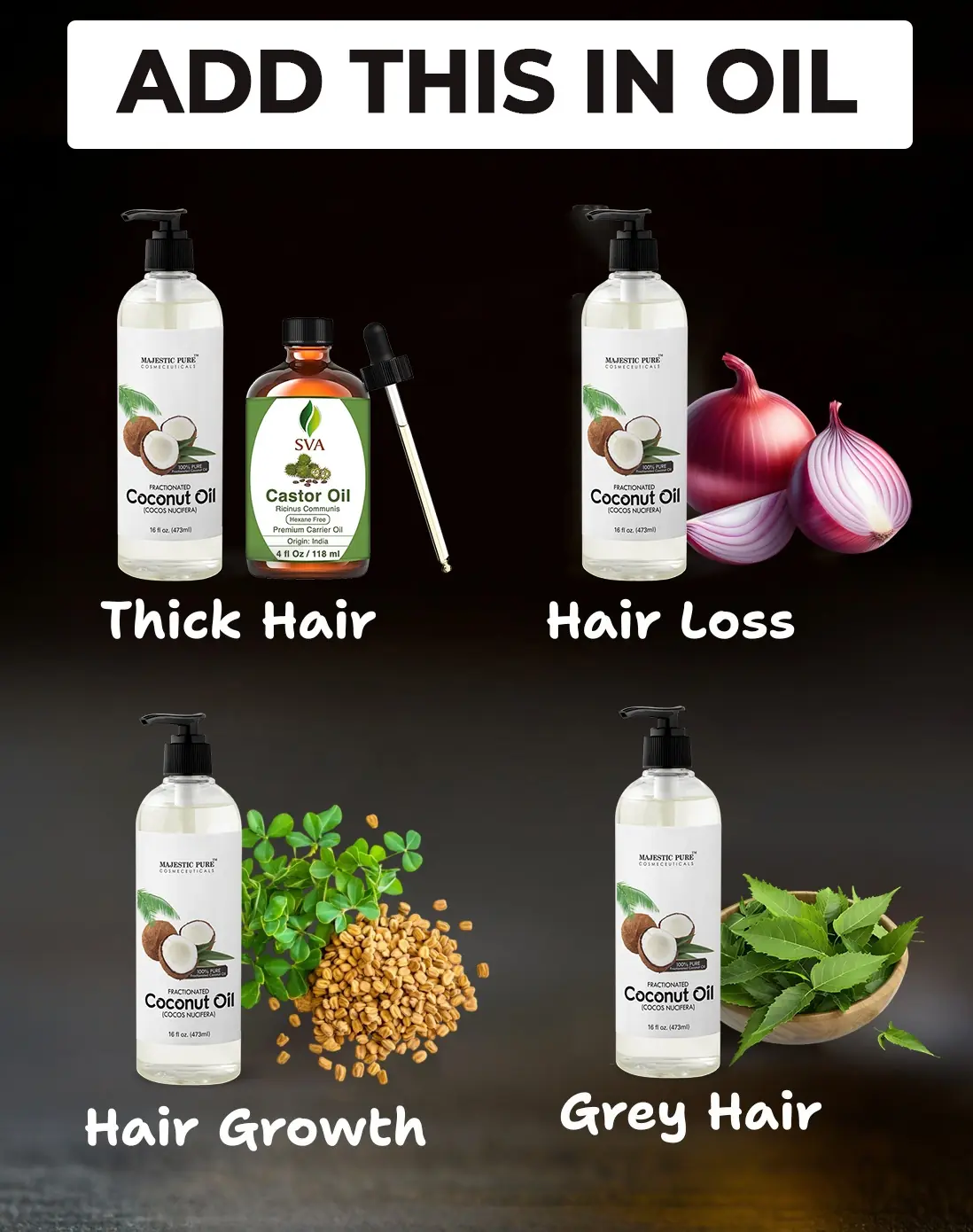
Add This in Your Hair Oil for Healthy, Lustrous Hair

The Ultimate Guide to Homemade Carrot Oil for Glowing, Youthful Skin
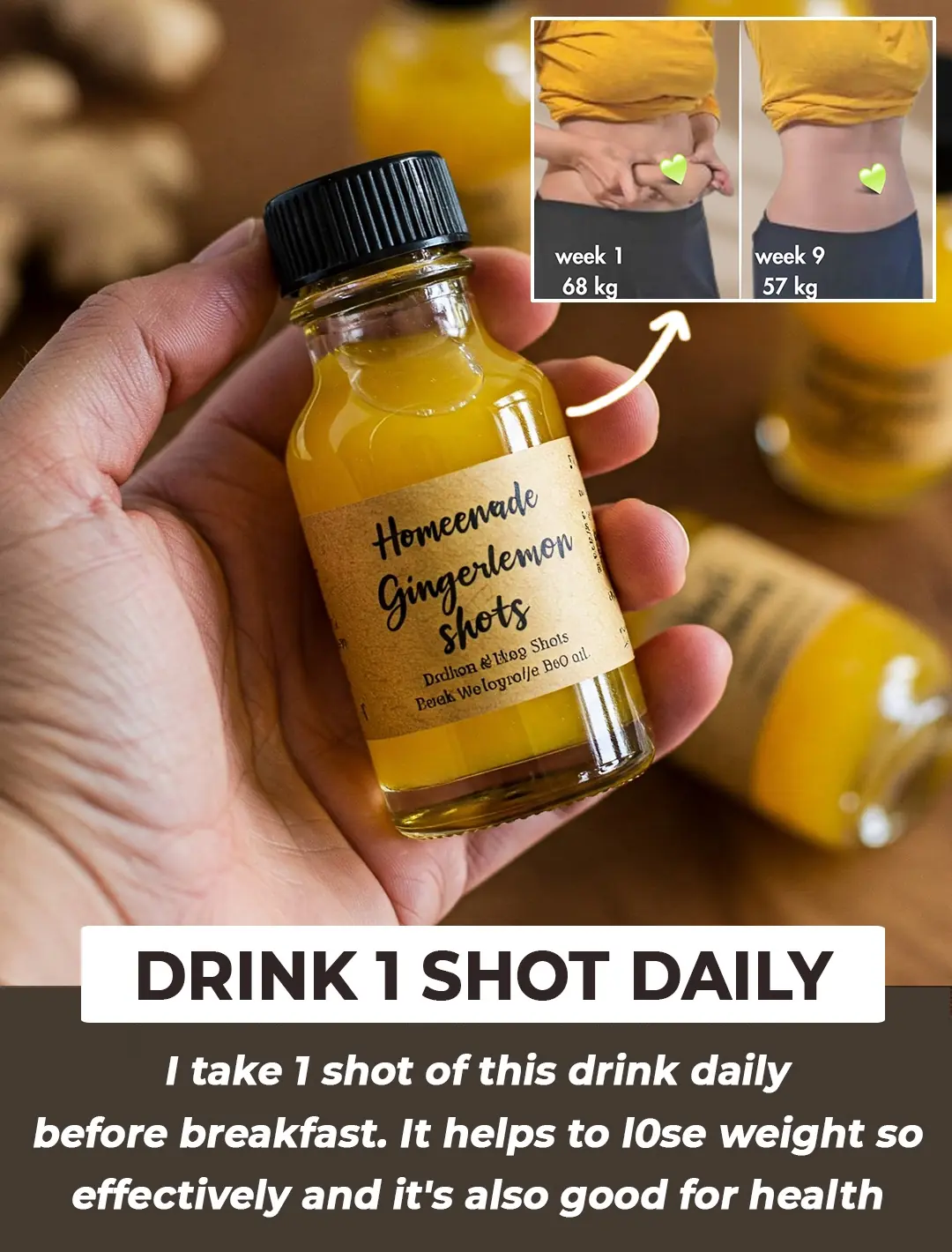
Homemade Ginger Lemon Shot: Your Natural Ally for Effective Weight Loss
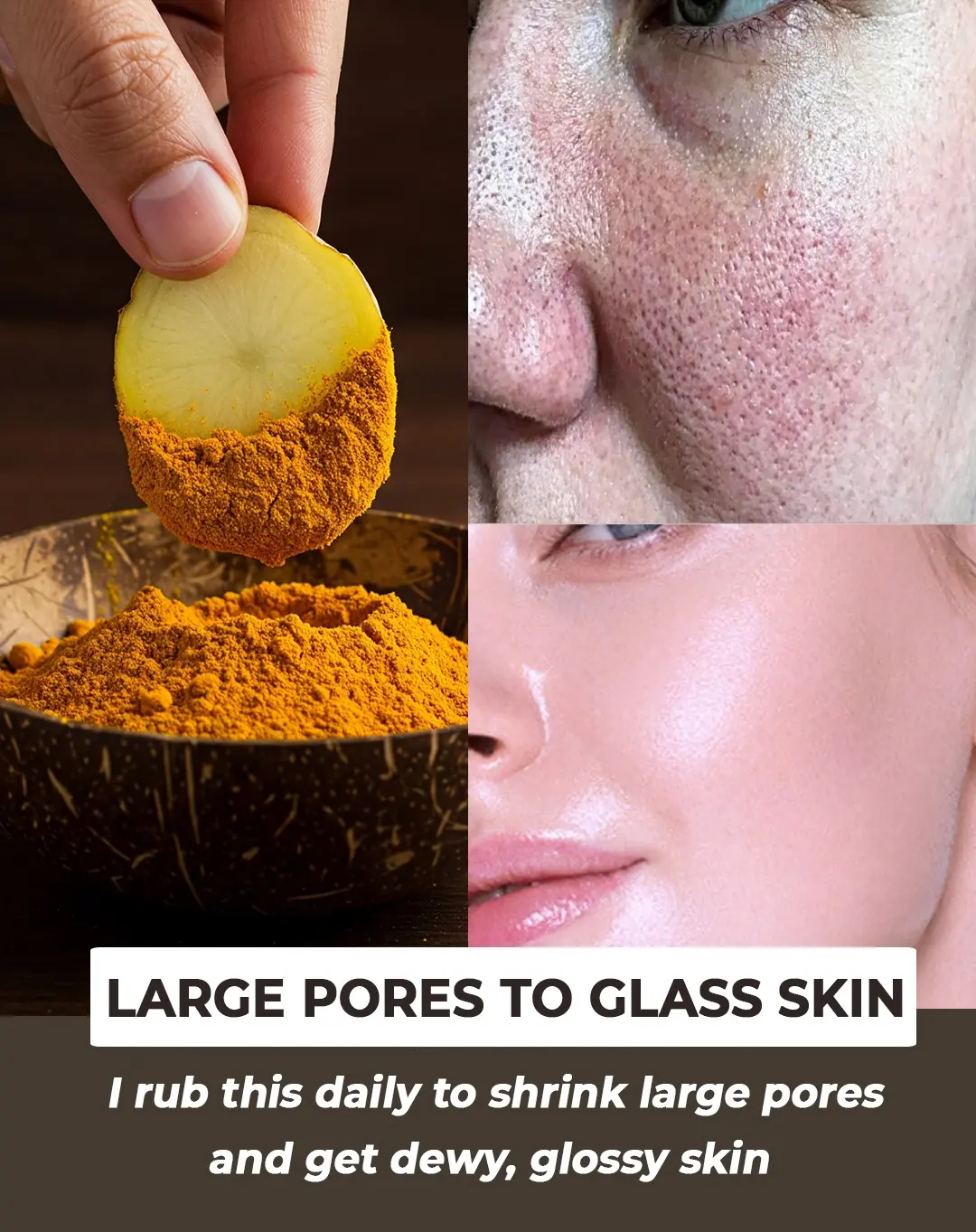
Potato Treatment For Dark Spots & Large Pores
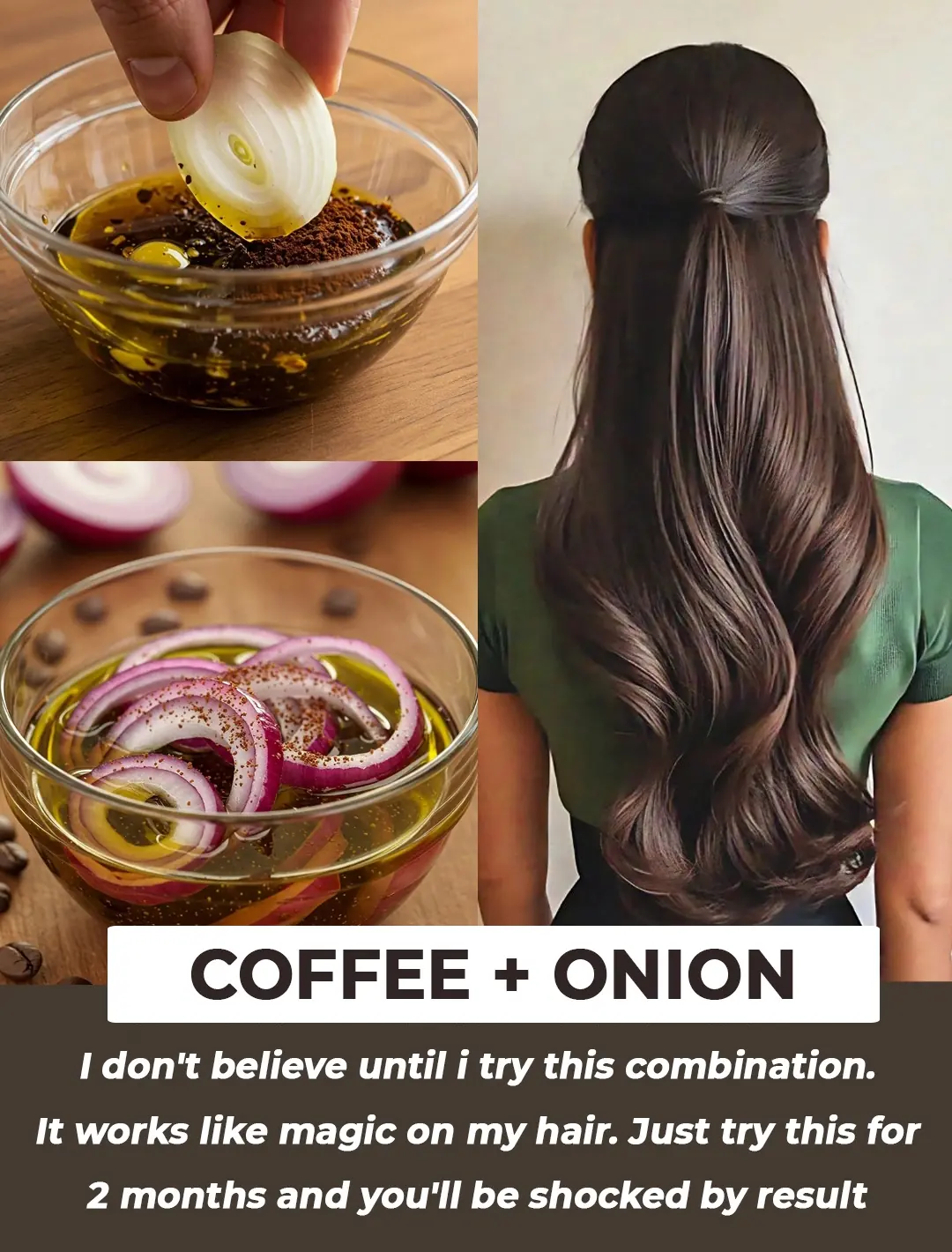
Add Onion and Coffee to Your Hair—The Results Might Shock You
